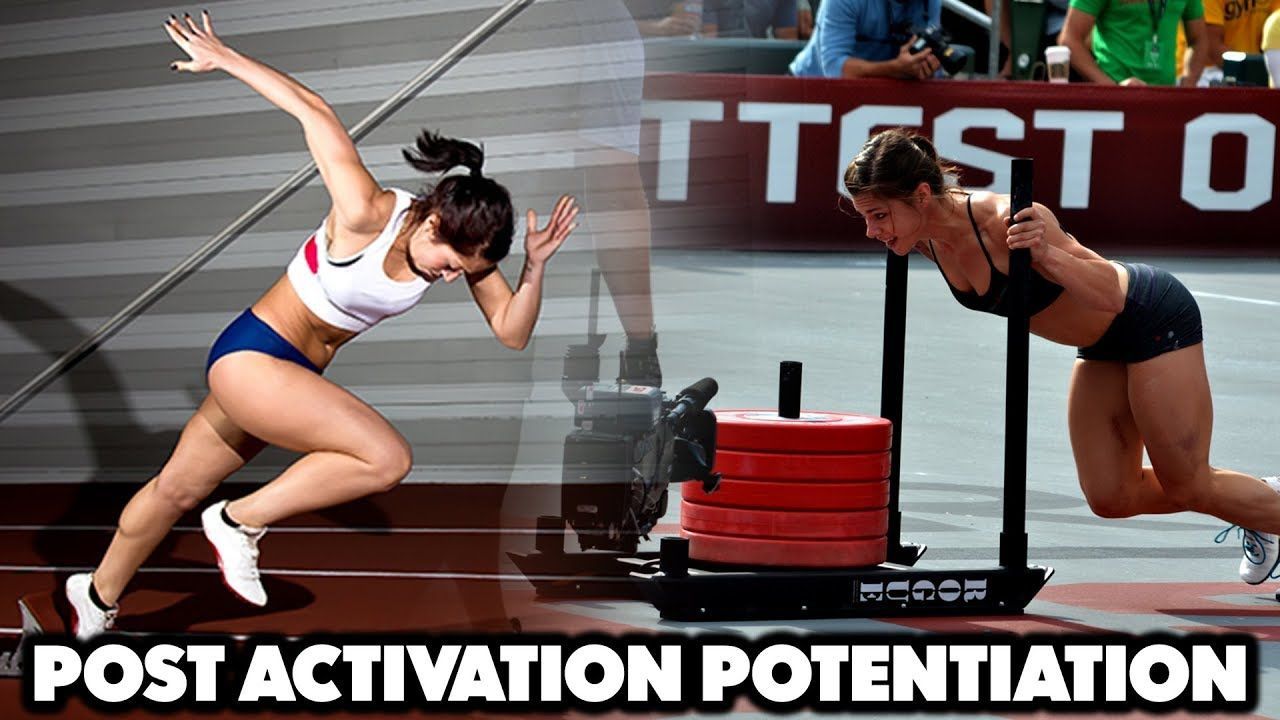Post-Activation Potentiation
Post-Activation Potentiation

P.A.P or Post-Activation Potentiation manifests as a short-term improvement in physical performance and goes a long way towards answering a common question that personal trainers and coaches frequently encounter. “Why was my second set better than my first?”
When training others or ourselves, its common to observe an apparent and obvious improvement in performance from one set to the next, often happening between the first and second set of an exercise or repeated effort. This improvement can catch a trainer or coach off guard if they have used the first effort as a benchmark to set the expectation for subsequent sets as one would expect repeated efforts to be hampered by an accumulating fatigue. An example of how this may manifest would be if a client achieved 10 repetitions of the bench press at 60 kgs on their first set and reported a high RPE score that indicated no more than 1 or 2 more repetitions were going to be possible. This could be further confirmed by observing the bar speed of the repetitions, the facial expressions of the client as well as any breakdown in form or technique. After an adequate rest period, a second set is to be attempted at the same weight with a similar outcome expected but this time there is no dramatic drop in bar speed, the client reaches 10 repetitions and racks the bar this time giving the effort a lower RPE and indicating that there was likely a fair few more repetitions in the tank. Has the client achieved weeks or months’ worth of progress instantly? Sort of.
Depending on where we are in our fitness journey, we are all likely developing at different rates, with the seasoned veterans needing masses of stimulus and consistency to accrue modicums of progress while the newbies seemingly improve in all areas overnight. This is due to the law of diminishing returns. Simply put, when starting out, we have deep untapped reservoirs of potential and these come from a few different sources, with actual strength in its linear form not chief among them. These early improvements are more of a realisation of the potential that already exists, learning how to use the muscle if you like and through improvements in skill and technique, progress can be rapidly found. An example of this would be observing how just a simple adjustment in grip width or body position can allow exponentially more weight to be lifted often by making the movement more efficient.
P.A.P appears to be a micro version of this realisation of potential, with the first set acting as a ‘primer’ of sorts, placing the associated muscles in an activated state. Such has been observed in a heavy, low volume set of barbell squats improving the explosiveness of a vertical leap provided adequate rest is given between them. The movements require the firing of similar muscle groups which the barbell squat ‘turns on’ allowing them to be fired more explosively.
Couple this physical happening with the mental advantage of essentially feeling out the weight during the first set, removing the unknown quantity and building a blueprint of the movement in the mind and it’s clear to see why this greasing of the grooves occurs, paving the way for the opportunity of an improved subsequent set. Ultimately though, no amount of activation can offset the fatigue that builds, and subsequent sets will likely fall victim to diminishing returns.

